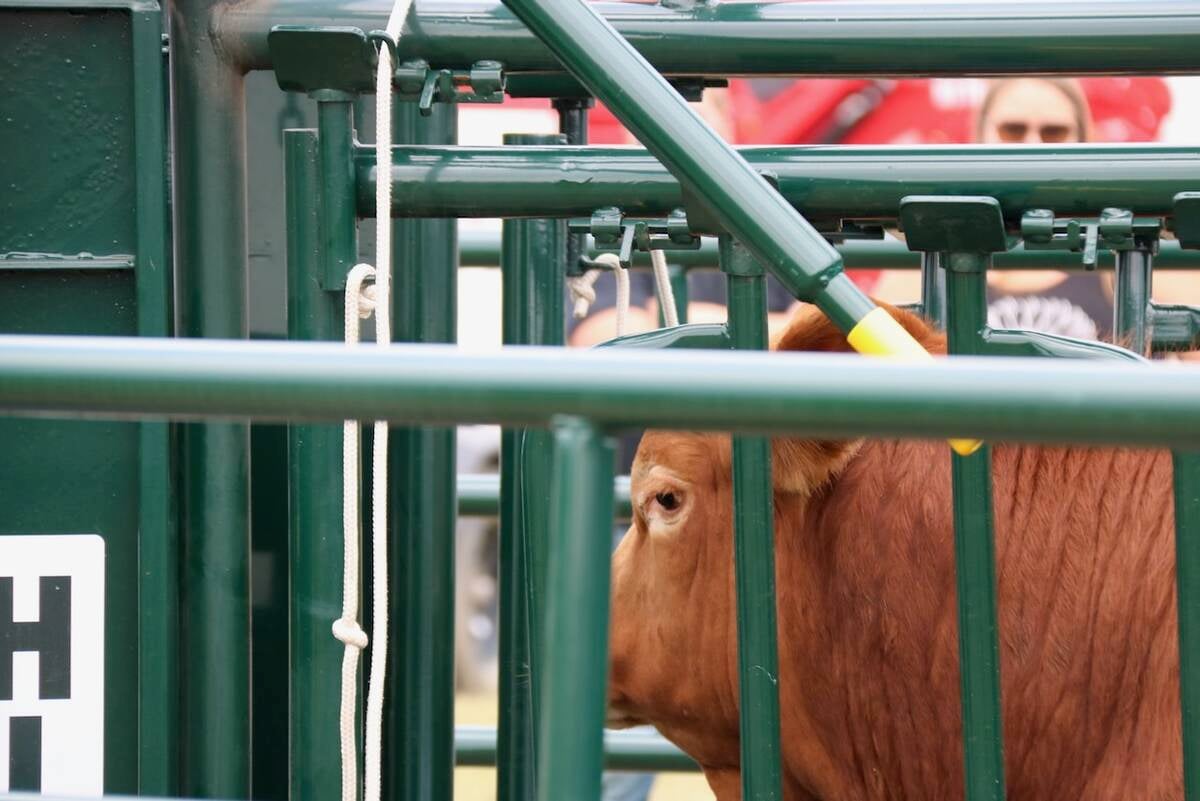The most common cause of abortion in sheep and goat flocks in North America is caused by a bacterium named Chlamydophila abortus.
The bacterium used to be called Chlamydia psittaci and the disease syndrome was named ovine enzootic abortion because the infection tends to persist in flocks.
The disease is widespread and is commonly diagnosed in sheep flocks experiencing abortion problems.
This bacterial infection spreads from the digestive tract to the womb of the pregnant ewe and infects the placenta. The placenta becomes thickened and damaged as a result of the infection, and oxygen transmission across the placenta to the fetus is hindered.
Read Also

Good handling equipment a must on cattle operations
It’s important for the safety of producers and everyone else dealing with their stock that handling equipment is functional and safe.
Lack of oxygen results in growth retardation and eventually kills the fetal lambs, resulting in an abortion or stillbirth.
This disease has a long incubation period and the ewe may have been infected two to three months before the abortion occurred.
Late-term abortions are most commonly seen, but the infection can occasionally cause early fetal death. Sending the fresh placenta and the fetus to a diagnostic lab will help pathologists diagnose the infection.
Abortion rates can be high in newly infected flocks — 30 to 90 percent — but most ewes become immune to the infection after aborting and the abortion rate then drops to lower levels.
However, abortions continue in a somewhat cyclical nature, and yearling ewes are most likely to abort.
Ewes that become immune after aborting may still shed the organism in their vaginal secretions during estrus, which is one way the bacteria spreads to other pregnant ewes.
Other means of transmission include exposure to aborted fetuses and infected placentas and from environmental contamination of feed, water and bedding. Infected ewes do not show other signs of illness.
Antibiotics can suppress the Chlamydophila organism and veterinarians usually prescribe long-acting oxytetracycline injections or oxytetracycline added to feed for pregnant ewes in flocks experiencing outbreaks.
Many ewes may still abort because of irreversible placental damage that occurred before treatment.
Herds that continually experience abortion problems are often prescribed tetracycline in the feed beginning 60 days before the first lambing date. Unfortunately, there is not a lot of published data on the efficacy of these approaches.
A commercial vaccine is marketed in Canada for sheep to help control ovine enzootic abortion.
The inactivated vaccine is given 60 days before breeding, and a second dose is given 30 days later. Ewes should be revaccinated annually with one dose of the vaccine just before breeding.
This type of killed vaccine does not prevent shedding of the chlamydia at lambing time. It is thought to help prevent abortions but does not completely prevent infections or abortions.
Other vaccines are available in Europe that may show more promise, but research continues to identify better ways of stimulating immunity in sheep.
Producer with sheep that are experiencing abortion problems can work with their veterinarians to submit the correct types of samples to the lab to diagnose the problem.
Separate the aborting ewes from the flock and properly dispose of placenta, aborted fetus and contaminated bedding to reduce further flock exposure.
Consider the use of antibiotics and the vaccine in consultation with a veterinarian.
It is important to remember that Chlamydophila abortus is a zoonotic disease. The bacterium has the potential to cause human disease.
Women who are pregnant or planning to become pregnant should avoid exposure to sheep flocks experiencing abortion problems.














